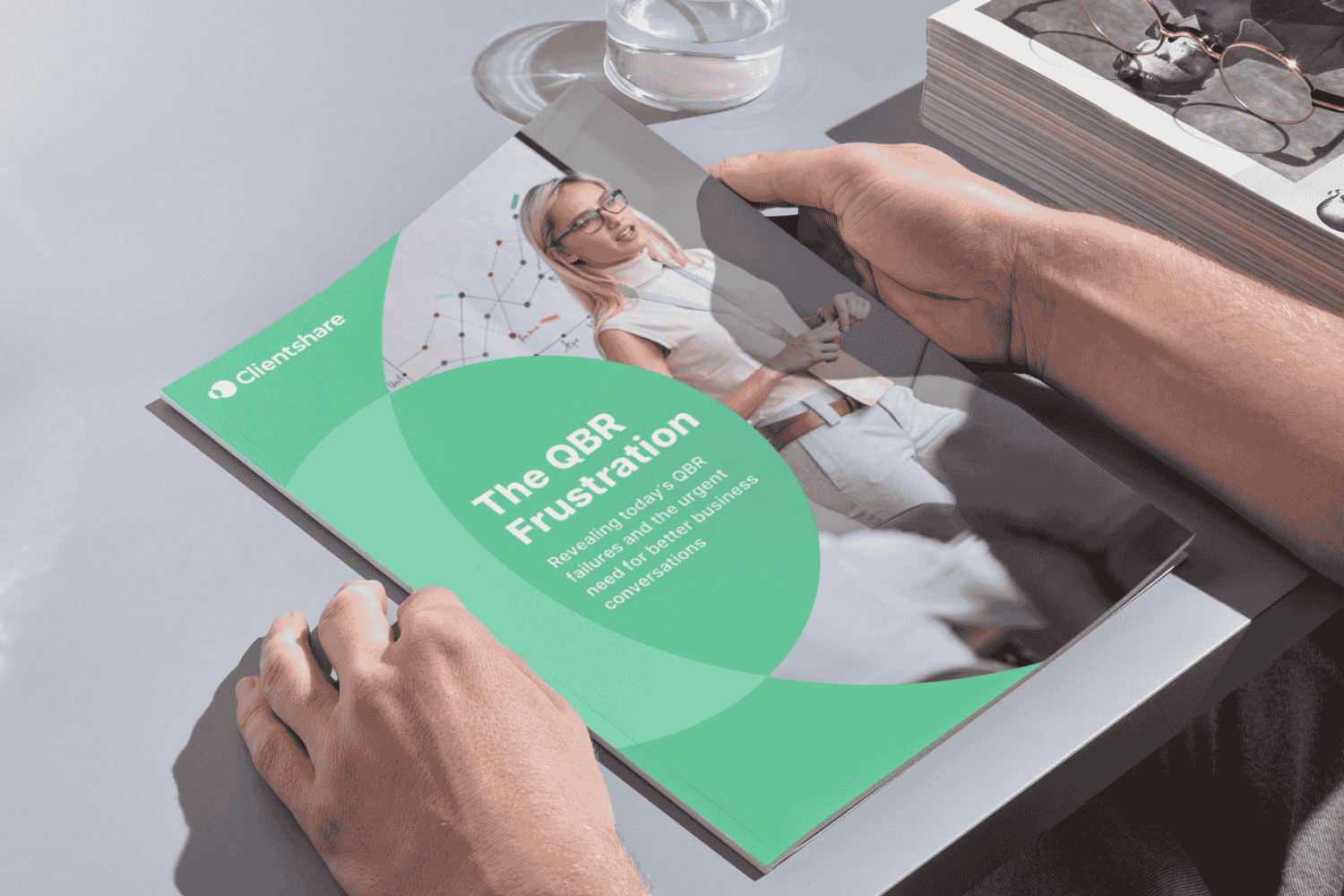
Quarterly Business Reviews (QBRs) are great opportunities to connect with clients, assess performance, and align on future goals. But what happens after the meeting? Valuable insights and promising ideas often fade away once the QBR wraps up, leading to missed chances for improvement, growth and deeper client relationships.
Turning QBR insights into actions is how you take your QBR’s from being a mere exchange of information and turn them into a valuable tool for growth and retention that will make a real impact on your business.
Here’s a practical, step-by-step guide to ensuring your QBRs lead to tangible results:
1. Share key takeaways immediately
What to document:
- Major wins and highlights
- Client concerns or pain points
- Opportunities for improvement or expansion
- Action items agreed upon during the meeting
Send a summary within 24–48 hours to show the client you’re attentive, organised and serious about following through on your agreed next steps.
2. Assign clear owners & deadlines
Accountability turns intentions into action. Each follow-up item from the QBR should have:
- A designated owner (internal or client-side)
- A realistic deadline
- A clear definition of success or completion
Use project management tools or shared documents to track ownership and timelines transparently. This helps everyone stay aligned and ensures nothing falls through the cracks.
3. Schedule mid-quarter check-ins
Waiting until the next QBR to revisit your progress is too late and risks the meetings becoming repetitive and formulaic. Keep the momentum going with short, informal check-ins to:
- Provide updates on action items
- Share early wins or results
- Ask for feedback or clarify expectations
These touchpoints show your client that you’re not just reacting, you’re proactively managing the relationship. Plus, they reduce surprises at the next QBR and build client confidence.

4. Track progress & celebrate wins
Don’t just close the loop, highlight it. Use the progress made on QBR action items as a story of growth and responsiveness. This could include:
- Sharing before-and-after
- Calling out improvements in service or performance
- Recognising team contributions from both sides
When the client sees that their feedback leads to action, they’re more likely to trust your recommendations, renew contracts and explore new services. This also forms the ideal basis for your next QBR, helping you keep a narrative of success.
5. Use the right tools for following-through
Manual follow-up processes can be inconsistent and time-consuming. Tools like Clientshare Pulse help teams stay organised by:
- Capturing QBR insights in a structured and consistent format
- Assigning and tracking action items
- Collecting ongoing client feedback, NPS and CSAT scores
- Providing visibility into progress between QBRs
With a central platform, you can ensure that every insight becomes an action - and that every action adds value.
Final thoughts
QBRs aren’t just about reviewing the past, they’re about shaping the future. The most successful account managers and client success teams are the ones who know what to do with the meeting after it ends.
By implementing a well-structured post-QBR strategy, complete with documented actions, clear accountability, and consistent follow-up, you’ll greatly improve your efficiency in providing a great service, freeing up time and resources to expand your business.
Don’t let your QBR insights go to waste. Turn them into actions and results will follow.

Read more:

.png?width=315&height=236&name=nps-whitepaper-thumbnail%20(2).png)


